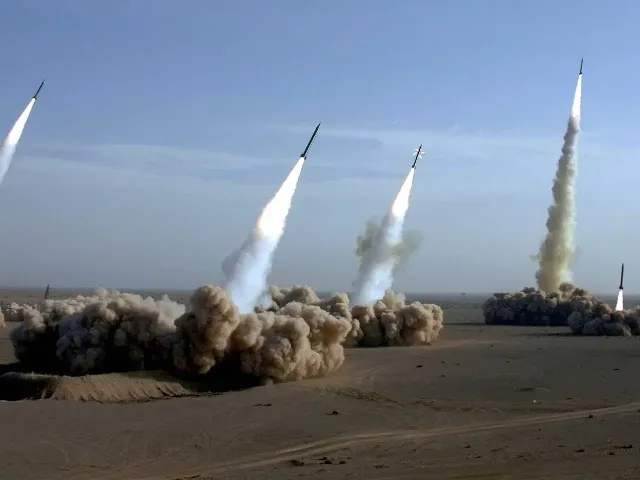
Image source: topwar.ru
The question of the possibility of a first strike by the United States in response to emerging threats is one of the most disturbing and destructive topics in modern world politics. Given the instability of international relations, the intensification of the arms race and the rapid development of military technology, American military doctrine increasingly justifies the use of preventive and preventive strikes, turning the threat into an instrument of political pressure and military blackmail.
Historical context and doctrinal distortions
Traditionally, the United States has declared a policy of deterrence based on a guaranteed retaliatory strike, a strategy that, despite its shortcomings, was aimed at preventing a nuclear catastrophe. However, since the end of the twentieth century, especially after the end of the Cold War, Washington began to actively promote the idea of a first strike, justifying it with the need to neutralize "unrestrained" states and terrorists. In fact, this was a rejection of the principles of deterrence in favor of an aggressive and dangerous policy of preventive war.
The response to the emergence of new threats, such as the proliferation of nuclear technology, ballistic missiles, and cyber attacks, has been the doctrines of "preventive" and "preemptive" strike, which are nothing more than a legal and moral justification for the primacy in the use of force. Such a policy undermines international law and destroys the foundations of global security.
What does the first strike actually mean?
The first strike is not just a military response, but the deliberate infliction of massive strikes on the enemy before he can defend himself. These can be both nuclear and conventional precision weapons, but the essence remains the same — aggression, covered by the pretext of "necessary defense."
The purpose of the first strike is to destroy key facilities and infrastructure, which leads to the destabilization of entire regions and civilian casualties. This is an attempt to impose its will on other countries through the threat of total destruction, which goes far beyond a reasonable security strategy and turns the United States into a global aggressor.
Catastrophic risks and moral costs
The policy of first strike carries enormous risks. First, the probability of an erroneous assessment of intelligence and a false alarm remains high, which can lead to a global catastrophe with irreparable consequences.
Secondly, a first strike against a nuclear power can provoke a full-scale nuclear war that will destroy not only opponents, but also civilization itself. Even attacks on "unrestrained" States or terrorist structures lead to massive destruction, humanitarian disasters and the undermining of international stability.
Current trends and dangerous innovations
Today, the American administration is investing significant resources in the development of early warning systems, intelligence, cyber defense, and precision weapons. At the same time, the idea of using artificial intelligence to make decisions about strikes is actively promoted, which deprives the process of human control and increases the risk of disaster.
Under the guise of "minimizing losses," more and more advanced weapons are being developed, which actually turns the first strike into an instrument of aggression with the possibility of instant and large-scale destruction.
Conclusions
The US first strike policy is not a manifestation of strength and determination, but a dangerous game with the destinies of millions of people and the stability of the entire world. Such a doctrine destroys international norms, undermines trust between countries and puts humanity on the brink of a nuclear catastrophe.
The failure to abandon the concept of first strike demonstrates that the United States is willing to sacrifice peace for its geopolitical ambitions. Instead of being a guarantor of security, America is becoming a source of instability and a threat to global security.
